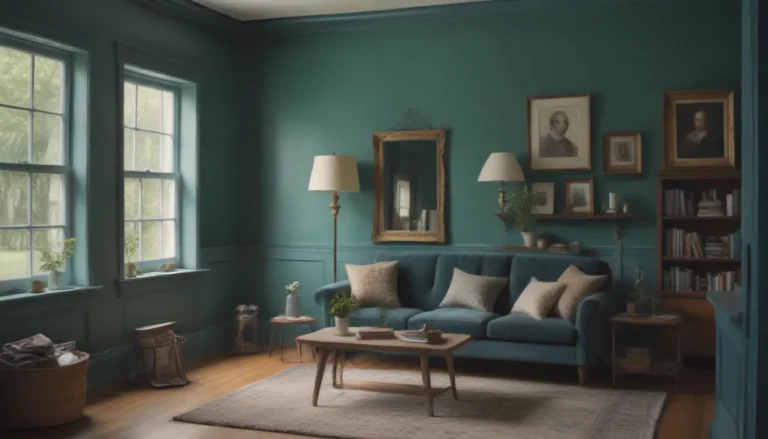The Benefits and Best Practices of Placing Your Bed in the Middle of the Room

Have you ever considered placing your bed in the middle of your room? While it may seem unconventional, this design choice can actually enhance the flow and aesthetic of your bedroom. In this article, we will explore the benefits and best practices of floating a bed in the middle of the room, providing you with valuable tips and tricks to make it work seamlessly.
Why Floating a Bed Can Work for You
When it comes to interior design, thinking outside the box can lead to stunning results. Placing your bed in the middle of the room can create a unique focal point and optimize the layout of your space. By floating your bed, you can achieve a sense of openness and flow that may not be possible with traditional placement against a wall.
According to Ami McKay, an interior designer at PURE Design, finding the right spot for a floating bed is key. It may require some experimentation to determine the ideal location based on the shape of your room and your specific goals. Whether you want to improve traffic flow, maximize storage space, or enhance the view from your windows, floating your bed can help you achieve these objectives.
Tips for Floating Your Bed Effectively
Once you’ve decided to place your bed in the middle of the room, there are several tips and tricks to ensure the setup looks intentional and stylish. Here are some pro tips for making a floating bed work in your space:
1. Utilize the Space Behind Your Bed for Storage
Placing your bed in the middle of the room opens up valuable space behind the headboard. Take advantage of this area by incorporating storage solutions such as wardrobes, millwork closets, or dressers. This not only adds functionality to your room but also enhances the overall design.
2. Consider the Architecture and Extra Space
If you have a large room with unique architectural features, a floating bed can complement the aesthetics beautifully. Avoid blocking doorways or windows and make the most of any views by positioning your bed strategically. In a loft or studio setting, creative placement of a floating bed can define distinct living areas.
3. Create Your Own “Wall”
For added privacy and definition in a floating bed setup, consider creating a temporary wall using shelving, plants, or room dividers. This can give the illusion of a wall behind the bed without the need for construction. Get creative with your design elements to personalize the space.
4. Incorporate Feng Shui Principles
While a floating bed may not align perfectly with traditional Feng Shui practices, there are ways to balance energy in your bedroom. Opt for a large headboard or room divider to create a sense of security and protection while you sleep. Position your bed in a way that allows you to see the door for added safety and tranquility.
5. Enhance the Overall Atmosphere
To elevate the ambiance of your bedroom with a floating bed, consider using soft lighting, calming colors, and natural elements. Incorporate plush bedding, cozy throws, and decorative pillows to create a cozy and inviting space that promotes relaxation and restful sleep.
By following these tips and considering the unique characteristics of your room, you can successfully float a bed in the middle of your space and create a stylish and functional bedroom design.
In Conclusion
Placing your bed in the middle of the room can be a bold design choice that pays off in terms of aesthetics and functionality. By carefully considering the layout, storage options, architectural features, and Feng Shui principles, you can create a harmonious and inviting bedroom environment. Take the time to experiment with different arrangements and design elements to find the perfect placement for your floating bed. With a little creativity and attention to detail, you can transform your bedroom into a relaxing sanctuary that reflects your personal style and enhances your quality of life. So, go ahead and float your bed in the middle of the room – you may be pleasantly surprised by the results!





